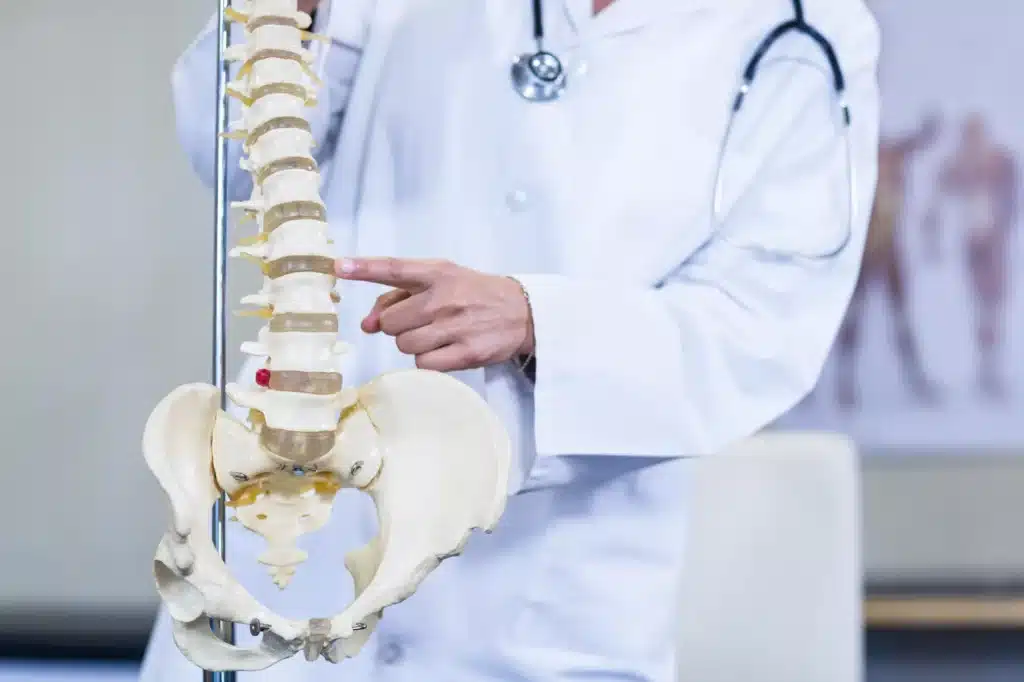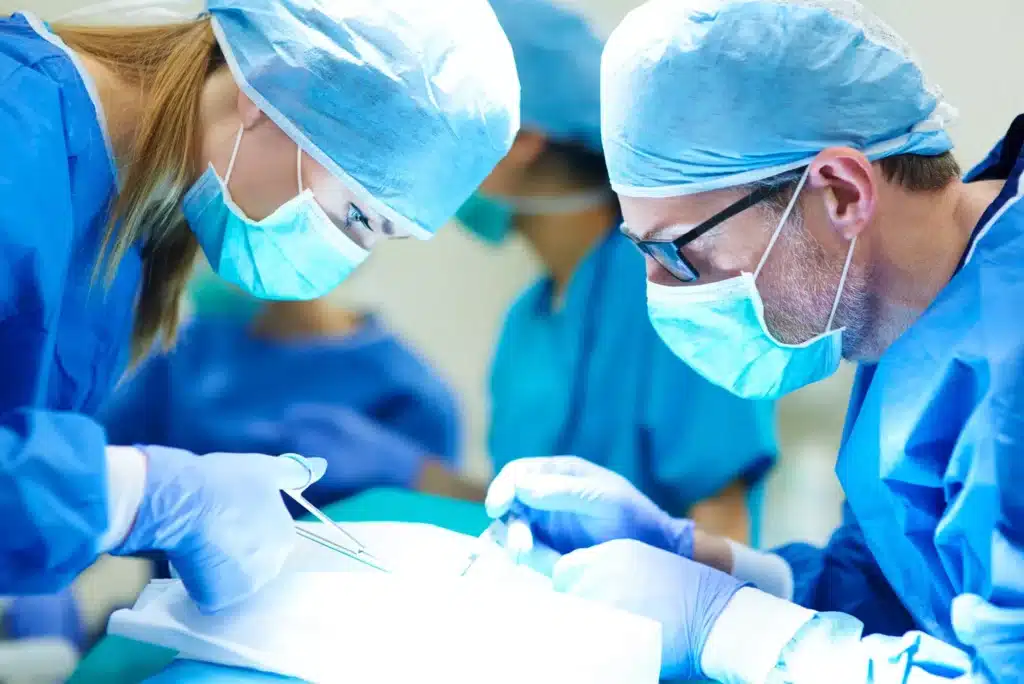
Table of Contents
ToggleSpinal cord surgery is a serious procedure that can be performed to relieve pain in the neck, middle back or lower back.
The doctor may perform one of three types of spinal cord surgery: laminectomy, discectomy and/or spinal fusion:
Spine surgery can be performed on the cervical spine (neck), thoracic spine (upper back) or lumbar spine (lower back).
Spinal cord surgery is done to relieve pressure on the spinal cord, remove tumors or abscesses, or repair injuries to your vertebrae. The type of procedure you need will depend on where your injury is located and what caused it.
Spinal cord injuries affect millions of people every year in America alone – making them one of the most common reasons for hospital admission after trauma and accidents.

Laminectomy is a surgical procedure that removes part of the vertebrae to alleviate pressure on the spinal cord.
The surgery is performed to treat pressure on the spinal cord caused by a herniated disc, spinal stenosis, or other conditions. During the procedure, doctors remove a portion of the lamina and spinous process (layers of bone) in order to decompress (relieve pressure) on the spinal cord.
The procedure may be performed under general anesthesia or epidural anesthesia with conscious sedation. Your doctor will recommend which option is best for you based on your specific health conditions and needs.
After your surgery, you’ll likely be required to stay in the hospital for one night so medical professionals can monitor your recovery closely.
You’ll likely be restricted from physical activity for several weeks after your surgery due to possible complications such as infection or blood clots in the legs or lungs.
A discectomy is a surgical procedure to remove herniated disc from your spinal canal. The surgeon enters the spinal canal and removes the disc that is pressing against the nerves.
During the discectomy, the surgeon will remove discs, bone and inflamed tissues or fragments where there was inflammation.
There are several ways to perform a discectomy, including being opened up, using lasers and ultrasonic devices, or a small incision. The type of surgery you will have depends on where your pain is coming from.
You are put under general anesthesia, which renders you unconscious and ensures that you don’t feel nothing during the procedure.
A few days after the operation, you may experience pain from incision site which can be managed with pain medications.
Spinal fusion surgery is performed to relieve pain and reduce deformity arising the spine.
A spinal fusion is the joining of two or more vertebral bodies with a bone graft. This causes motion between the vertebral bodies to be stopped and they become one solid piece of bone instead of flexible joints. It may be performed as an alternative to anterior cervical discectomy or for other reasons such as spinal instabilities and high-level injuries.
During the procedure, titanium plates, screws or wires are used to connect two or more vertebrae together to stabilize the spine and relieve pain. Depending on the patient’s condition and desired outcome, surgeons can choose between different surgical approaches.
Some people may experience long-term numbness after spinal fusion surgery due to damage of nerves in the procedure.
Once the procedure is complete, most patients stay in the hospital for three to five days after surgery.
The length of time spent recovering in the hospital depends on the type and extent of your surgery, as well as your overall health.
The surgeon who performs your operation will monitor you for complications and give instructions about at-home care after discharge from the hospital.

After your surgery, you will receive antibiotics and pain medication.
These may include:
In addition to muscle relaxants, a doctor may prescribe blood thinners (anticoagulants) to prevent clots from forming around the vertebrae that have been fused together during spinal fusion surgery.
Physical therapists will work with you on regaining your strength and flexibility after surgery. You may need to wear a brace while you are recovering, as well as take pain medication if the pain is severe.
Your doctor might also recommend that you wear a cervical collar for several weeks following the procedure, so that your neck remains stable during recovery time.
If you have back pain, it’s important to see your doctor. He or she can help determine if surgery is right for you and give instructions on how best to prepare for it. If you do decide on surgery, be sure that all of your questions are answered before making any decisions about treatment options.
Spine surgery is often necessary to treat spinal abnormalities and vertebral fractures, degenerative conditions and other spinal disorders.
A laminectomy is a minimally invasive surgery that removes a small part of the disc. The goal is to decompress nerve roots and relieve leg pain.
A discectomy removes the degenerative disc which can narrow the spinal canal, push on the nerve root, or herniate into or below the spinal canal.
Spinal fusion fuses two or more vertebrae together by placing bone grafts between them to promote new bone growth.
The patient then spends several days in the hospital undergoing physical therapy after the surgery before being discharged home.
GET IN TOUCH +
285 Sills Road
Building 5-6, Suite E
East Patchogue, NY 11772
(631) 475-5511
184 N. Belle Mead Road
East Setauket, NY 11733
(631) 675-6226
GET IN TOUCH +
285 Sills Road
Building 5-6, Suite E
East Patchogue, NY 11772
(631) 475-5511
184 N. Belle Mead Road
East Setauket, NY 11733
(631) 675-6226
SUBSCRIBE TO OUR NEWSLETTER +
Send us a Google review. Click this link and let us know how we did!
Review us on Yelp too.